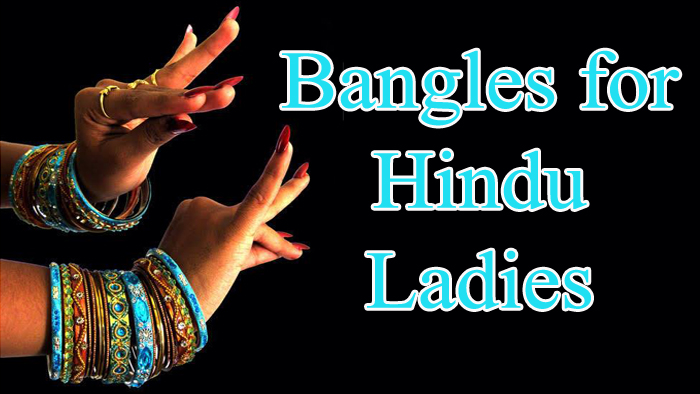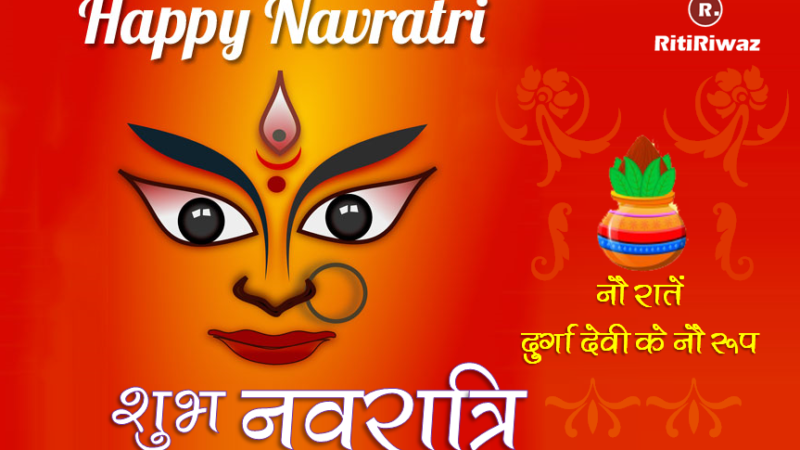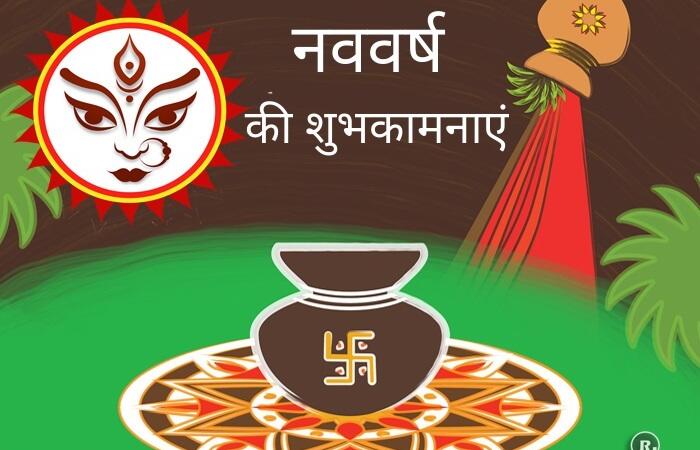Significance of Bangles for Hindu Ladies

Bangles are one of the important ornaments for Indian women, especially for married women they are a sign of their Suhaag. Bangles have always been an integral part of Indian culture for ages.
Glass bangles
Those who, from poverty or any other cause cannot obtain any jewels whatever, have glass bangles. To be without these is a mark of widowhood. It is a universal rule that all Hindu females, from their very childhood, should wear these bangles. A widow may wear gold bracelets, but not glass ones. A little infant of a month old has one or two glass bangles on its little wrist by the fond mother, and the number increases with the age of the child. Some females wear a few, whilst others have on a dozen or more, nearly covering the arm from the wrist upwards.
An angry woman will sometimes smash all her loved bangles before her husband’s face. such an act is as much as saying, “I would I were a widow”, and it a very dreadful thing to do. Common bangles will sell at about four for one anna (one penny), whilst the better ones are half-an-anna or an anna each (it was written in 1908). The colors vary, black, blue and green being the usual ones. As a rule, the same colors are worn indifferently by all classes, the better class people having finer and more expensive kinds.
Decking with Bangles
For a pregnant Hindu lady bangles have additional significance. During the first pregnancy of a Hindu woman, she is decked with a lot of bangles on a particular day in the seventh or eighth month of her pregnancy. A lot of ladies will come and adorn her with different color bangles and they will also get new bangles from the house of the pregnant lady. They believe the child could hear the tingling sound of the bangles every day and feel happy. This ceremony is called Valai Kappu in Tamil (Wearing bangles) and Seemantham in Sanskrit.
Bangles and Castes!
There are, however, a few varieties affected by some of the castes. The females of the cowherd caste, for instance, usually wear a peculiar kind in which the ground is black but ornamented with green spots or streaks. In addition to the glass, it is usual for colored ones made of lac to be worn, two on each arm; that is the first and last bangle is usually one of this kind. The cost of these is more than those made of glass and ornamented with various colors and bits of glass so as to produce a very pretty effect. The bangle man is a well-known person and may constantly be met, with his strings bangles over his shoulder. He has his usual rounds and appears to meet with a very hearty welcome.
The bangles are put on by the bangle-man, and it seems a very painful process for the poor female, She sits on the ground in front of the manipulator, and he, seated tailor fashion takes her hand in his, and begins the operation, kneading and pressing with practiced fingers. He now and then soothes the sufferer by pointing out the beauty that will be the result of the pain. The wonder is, the circles being so small, how they can be got over the hand at all; but the Hindu hand is very supple the operator knows how to press and squeeze so as to accomplish his purpose. The painful operation must, however, be done, and the sooner it is over and the less fuss made about it the better. The lac bangle is not put on over the hand in this way; it is cut and pressed open and, after a piece or two has been snipped off to make it the proper size, the ends are heated and pressed together when they readily join.
The ornaments hitherto enumerated are ordinarily made of gold, the glass bangles excepted. The body or inner part of the jewel may be of copper or lead, especially in the larger sized ones but silver is only worn by poor people. The women of the Lambardi and some other gypsy tribes are ornamented in most profuse and barbarous fashion, Full-blown flower-like silver ornaments, with numerous small globular pendants tinkling, softly like little bells fall over their hair; large and heavy bracelets of brass or ivory, even painted wood are on their wrists. Their heavy brass anklets, which are hollow and contain little pellets give out a tinkling sound as they walk along.
Suggested Read: Hindu Jewellery






